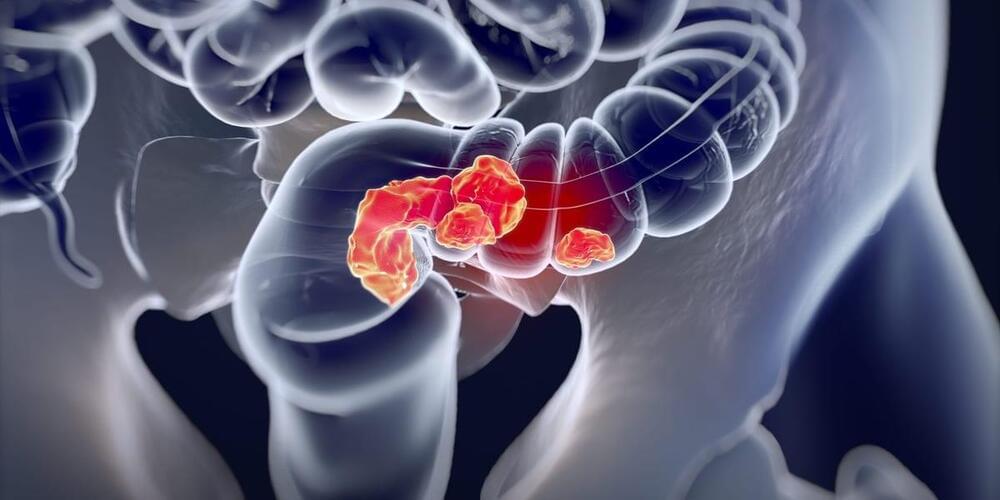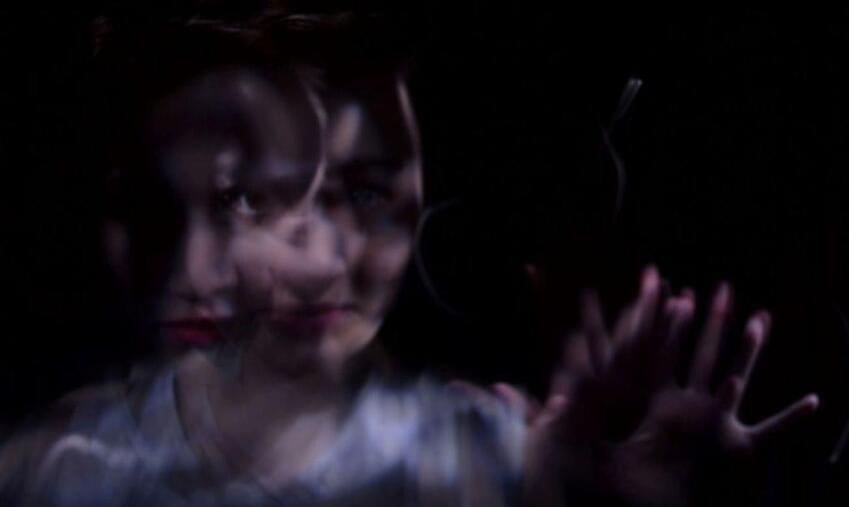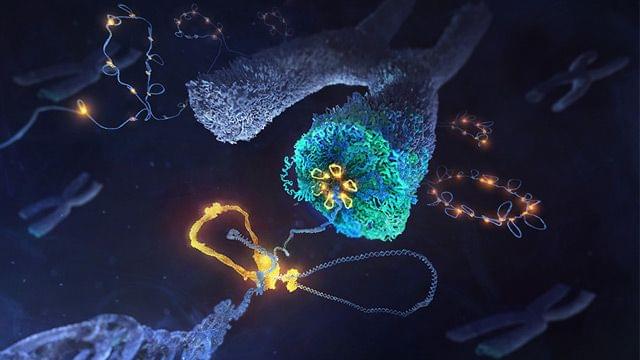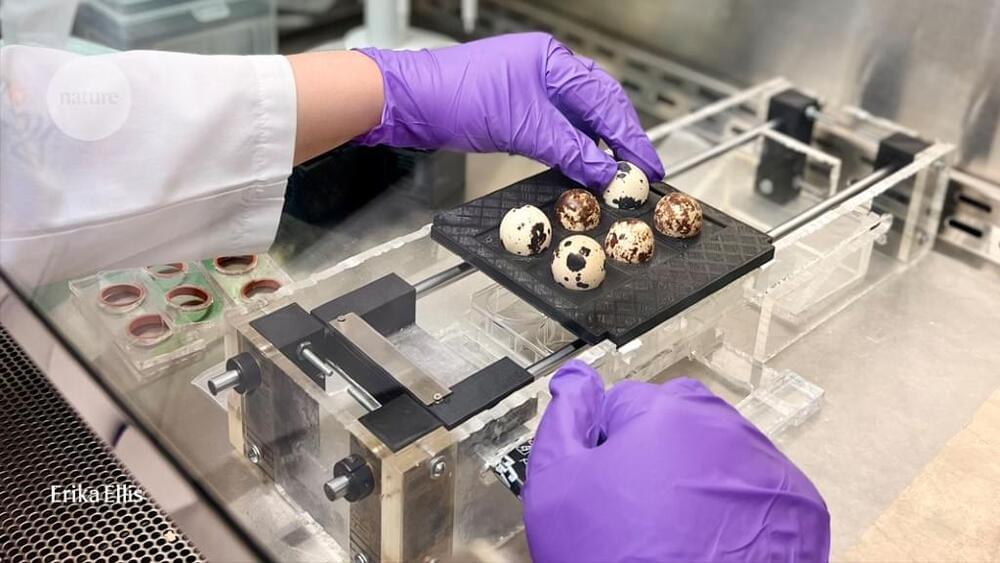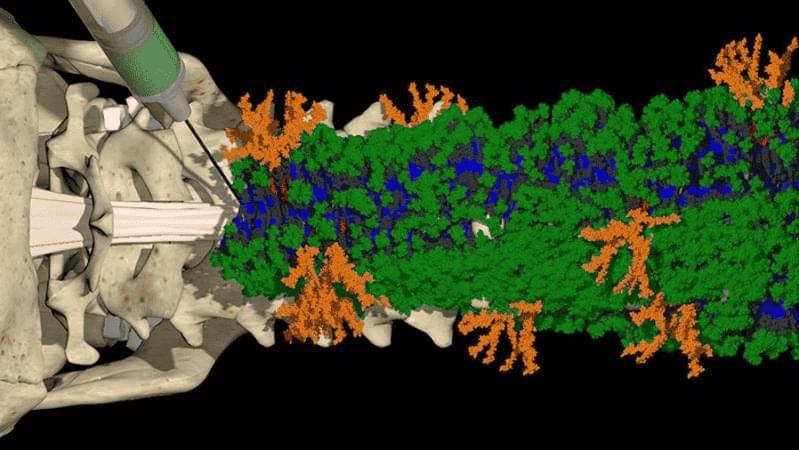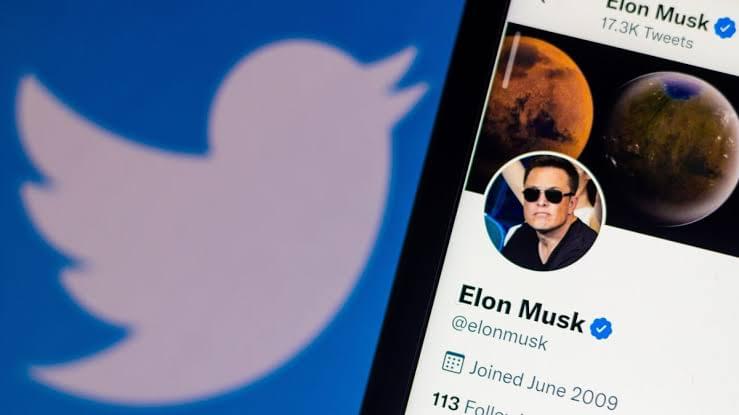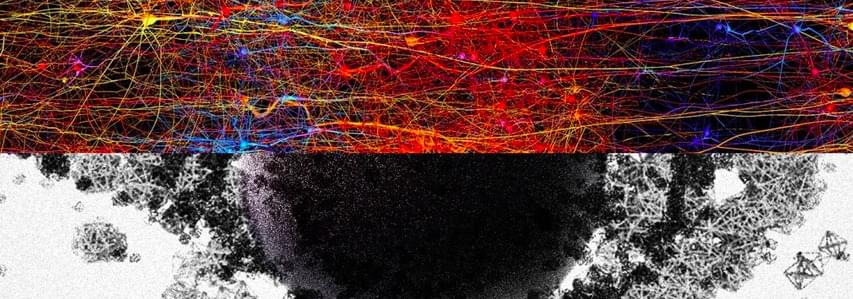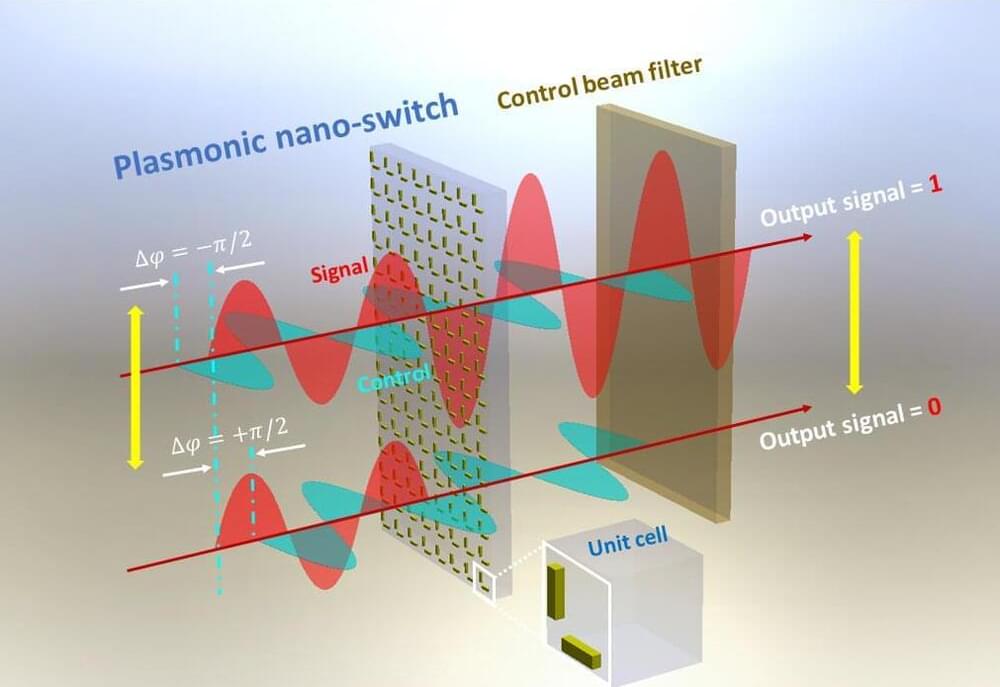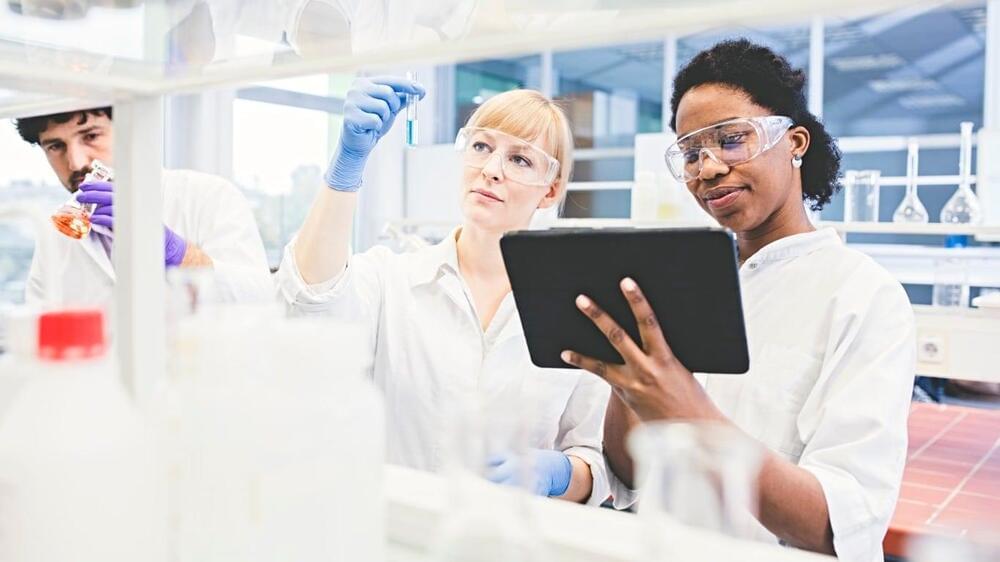The US-based scientists said complete remission in every patient was “unheard-of,” but experts warn the study is very small.
The oil kingdom fears that its population is aging at an accelerated rate and hopes to test drugs to reverse the problem. First up might be the diabetes drug metformin.
One theory for is that it is similar to the “death feint” that some animals show. When faced with a predator of overwhelming size or strength, some prey animals will freeze and presumably the predator may not notice them.
One patient in the study vividly described seeing a snake (which also spoke to her). We can’t say from one example that her body was adopting a primitive defence to a predator, but it’s certainly a possibility.
Catatonia remains a mysterious condition, stuck halfway between neurology and psychiatry. At least by understanding what people may be experiencing, we can provide reassurance and empathy.
Our cells perform a marvel of engineering when it comes to packing information into small spaces. Every time a cell divides, it bundles up an amazing 4 metres of DNA into 46 tiny packages, each of which is only several millionths of a metre in length. Researchers from EMBL Heidelberg and the Julius-Maximilians-Universität Würzburg have now discovered how a family of DNA motor proteins succeeds in packaging loosely arranged strands of DNA into compact individual chromosomes during cell division.
The researchers studied condensin, a protein complex critical to the process of chromosome formation. Although this complex was discovered more than three decades ago, its mode of action remained largely unexplored. In 2018, researchers from the Häring group at EMBL Heidelberg and their collaborators showed that condensin molecules create loops of DNA, which may explain how chromosomes are formed. However, the inner workings by which the protein complex achieves this feat remained unknown.
“We have been working on this problem for a long time. But only now, by combining different experimental approaches, we have found an answer to this long-standing question,” said Christian Häring, former Group Leader at EMBL Heidelberg and now Professor at the Julius-Maximilians-Universität Würzburg.
A non-profit organization merges engineering and biology to accelerate drug development for childhood cancers.
Summary: A new injectable therapy that uses specially engineered molecules could help treat spinal cord injury.
Source: DOE
A new injectable therapy for spinal cord injuries uses specially engineered molecules that trigger a healing response in spinal cells.
In a new letter, Elon Musk threatens to walk away from $44 Billion Twitter deal if the management doesn’t provide more data on total bot counts.
According to a letter sent by Elon Musk’s legal team to Twitter, “Twitter refused to provide the information that Mr. Musk has repeatedly requested since May 9, 2022 to facilitate his evaluation of spam and fake accounts on the company’s platform” and “It’s effort to characterize it otherwise is merely an attempt to obfuscate and confuse the issue”.
The letter also reminded that Musk does not believe the company’s lax testing methodologies are adequate so he must conduct his own analysis and “The data he has requested is necessary to do so”. The letter also said “Mr. Musk is entitled to seek, and Twitter is obligated to provide information and data”.
A group of photonics researchers at Tampere University have introduced a novel method to control a light beam with another beam through a unique plasmonic metasurface in a linear medium at ultra-low power. This simple linear switching method makes nanophotonic devices such as optical computing and communication systems more sustainable, requiring low intensity of light.
A group of photonics researchers at Tampere University have introduced a novel method to control a light beam with another beam through a unique plasmonic metasurface in a linear medium at ultra-low power. This simple linear switching method makes nanophotonic devices such as optical computing and communication systems more sustainable, requiring low intensity of light.
All–optical switching is the modulation of signal light due to control light in such a way that it possesses the on/off conversion function. In general, a light beam can be modulated with another intense laser beam in the presence of a nonlinear medium.
The switching method developed by the researchers is fundamentally based on the quantum optical phenomenon known as Enhancement of Index of Refraction (EIR).
A study of the Type 2 diabetes drug tirzepatide found it resulted in dramatic weight loss, offering hope for those struggling with obesity.
